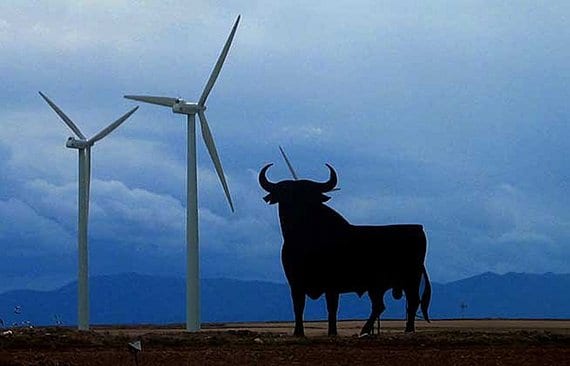
From the Tramontana, the Levant and the West, today we continue with the review of the main characteristics of the most famous winds in Spain. The turn of the Siroco, the Lebeche and the Cierzo has arrived.
Let's get to know these three important spanish winds, learning where they originate, which areas they affect and what repercussions they have on the climate of our country:
SiroccoAlso known as Jaloque, it affects the southeast of the Iberian Peninsula. It is a dry and warm wind associated with the high temperatures that comes from the Sahara and that not only affects the Iberian Peninsula, but is also noticeable in other Mediterranean countries such as Italy, Malta and Greece.
Milk: If the previous one affected the southeast, this one affects the opposite side: the southwest. It also comes from the Sahara, so it usually arrives with sand and fine dust in suspension to the peninsula. Its appearance is associated with the arrival of storms and rains.
North wind: This northwesterly component wind, which is noted in the community of Aragon, is one of the most famous in Spain. It is cool and dry and is formed in the Ebro Valley due to the different pressures of the Cantabrian Sea and the Mediterranean Sea. It can reach gusts of up to 100 kilometers per hour, being more common in winter and during the beginning of spring.
More information - The winds of Spain: Tramontana, Levante and Poniente